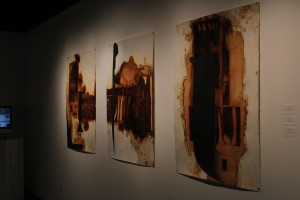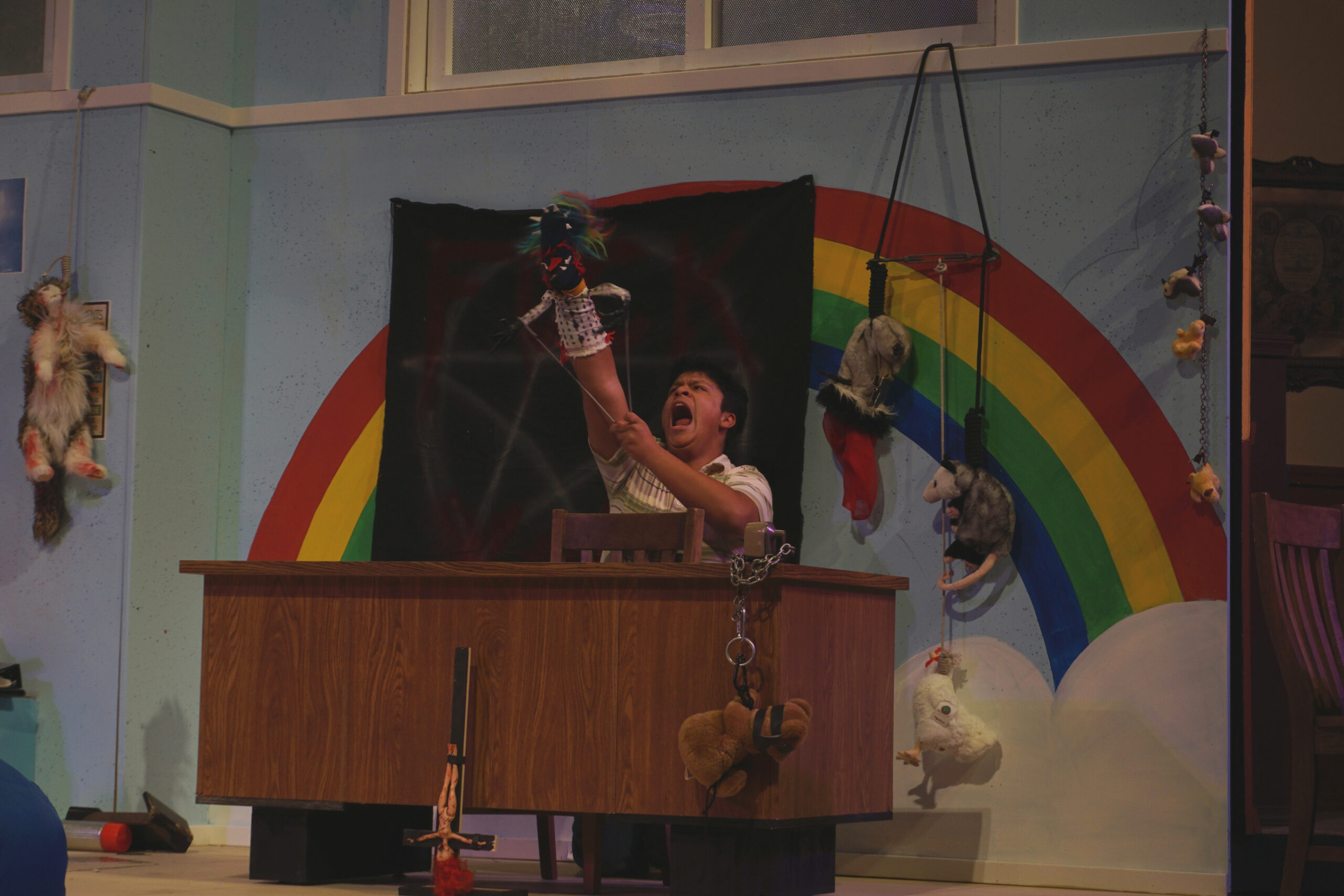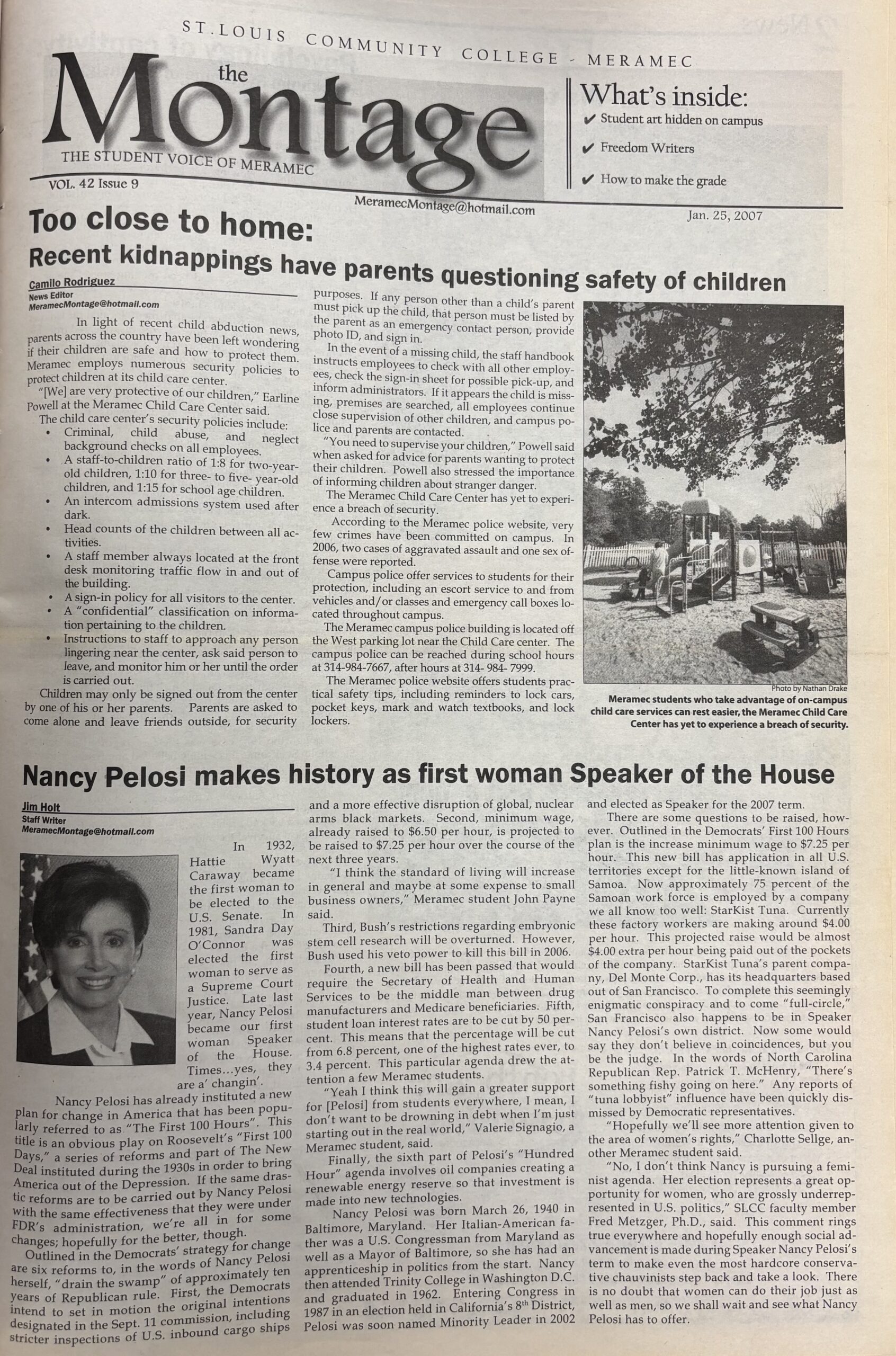Professor Joe Chesla paints description of Currents/Undercurrents art exhibit
By: Bri Heaney
Staff Writer
Joe Chesla, professor of fine art at St. Louis Community College—Meramec, visited Poland for eight months during winter 2016 on his sabbatical.
“Inevitably students are all the same, you have a great variety of people with different interests,” Chesla said.
While in the city of Katowice, Poland, Chesla worked with 35 students who worked in groups on 15 different projects. Happy to have some time and go in the direction his art took him, the teacher in him was most invigorated by the chance to teach, Chesla said.
“Working with the students was really grounding because that’s really what I love to do,” Chesla said.
He said he took this opportunity to let his art take its own direction and teach a new group of students on a different continent. He wanted to help students follow their own direction as well.
“They were working with me as an artist to stand back and help them develop their work,” Chesla said.

He worked with a diverse group of college students, he said, but there was no language barrier.
“I had kids from first year to fifth year; my students were fluent in english,” Chesla said.
The current art exhibition at Meramec, Currents/Undercurrents, includes Chesla’s personal work he created while he was in Poland, as well as over 30 other faculty members from the Academy.
Coming back, Chesla was excited to see students from his department looking at the art in the exhibit and relating that to projects they are currently working on.
The exhibit features art which ranges from Poland’s historical periods to contemporary pieces from young artists. One piece in particular, by artist Ryszard Kaja, is a poster series of towns throughout Poland..
“Posters were kind of all Polish artists could do for a long long time, it’s all the communists would let them do. This artist [Ryszard Kaja] focused a series of posters on cities in Poland,” Chesla said. “He only does them for Poland because he said he only likes to do posters about places he knows.”
Chesla said his pieces are very personal to the city.
“Like if he were to do St. Louis the arch probably wouldn’t be there, he doesn’t do the iconic—he does what the town’s really about,” Chesla said.
Chesla’s own pieces are in the exhibit and are serendipitous and impromptu, he said.
“So the first five prints I made, I was working outside in the winter,” Chesla said.“ It was a matter of laying down plastic on the ground, laying down my paper, laying metal on top of it, letting it snow and rain and do whatever it [nature] wanted to do to it.”
Chesla would visit his piece every other day to see how it was doing. He said he has a “just say yes” nature of his art.
“I just do what I think is right,” Chesla said.
Chesla said this opportunity was a good way to bridge the gap between schools in America and schools in other countries.
“It’s a spectacular kind of opportunity that this school allows this kind of sense of partnership,” Chesla said. “One of our big goals of this school is this globalization; we have a lot of international students on our campus and we have to find a way to bridge these gaps. This is another way to do that.”











